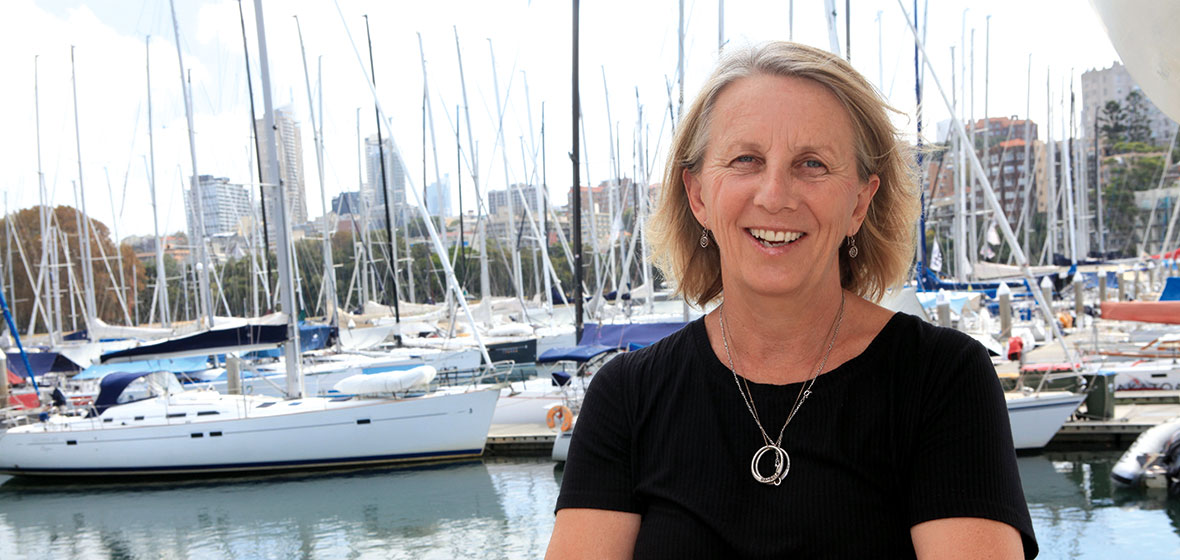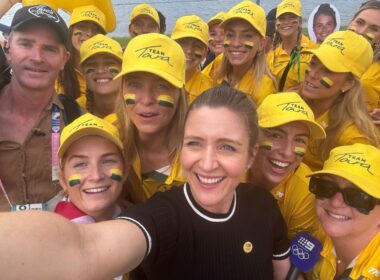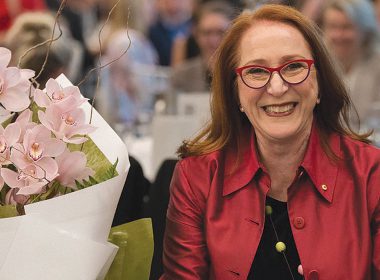Ocean racer and navigator Adrienne Cahalan has honed winning teams on the water and uses the lessons learned in her law practice. DOMINIC ROLFE reports.
When Adrienne Cahalan was a navigator on racing yachts in the early 1980s, she took compass bearings from headlands, used a sextant and worried about cloud formations. In 1984, when she sailed in her first Sydney to Hobart Yacht Race, GPS systems weren’t commercially available. In the three decades since, technology has transformed almost every aspect of sailing, but at critical times in a race, she still sometimes returns to traditional methods of navigation.
“When you’re racing and the tactician wants to go close to something to gain a few seconds, I will sometimes look at the depth contours on a paper chart,” says Cahalan. “It’s not only faster to look at a paper chart, and you get a better sense of the whole picture, but a lot of digital charts are programmed in layers so if you don’t zoom in to a low enough level, you won’t see a rock. It’s happened on a number of occasions where yachts and ships have looked at a zoomed-out chart and thought there’s nothing there. And then run hard aground.”
Cahalan is a maritime lawyer with Brian White & Associates, a specialist maritime law firm. She is also one of the world’s most decorated female yachties and was the first woman appointed to the board of Yachting Australia.




